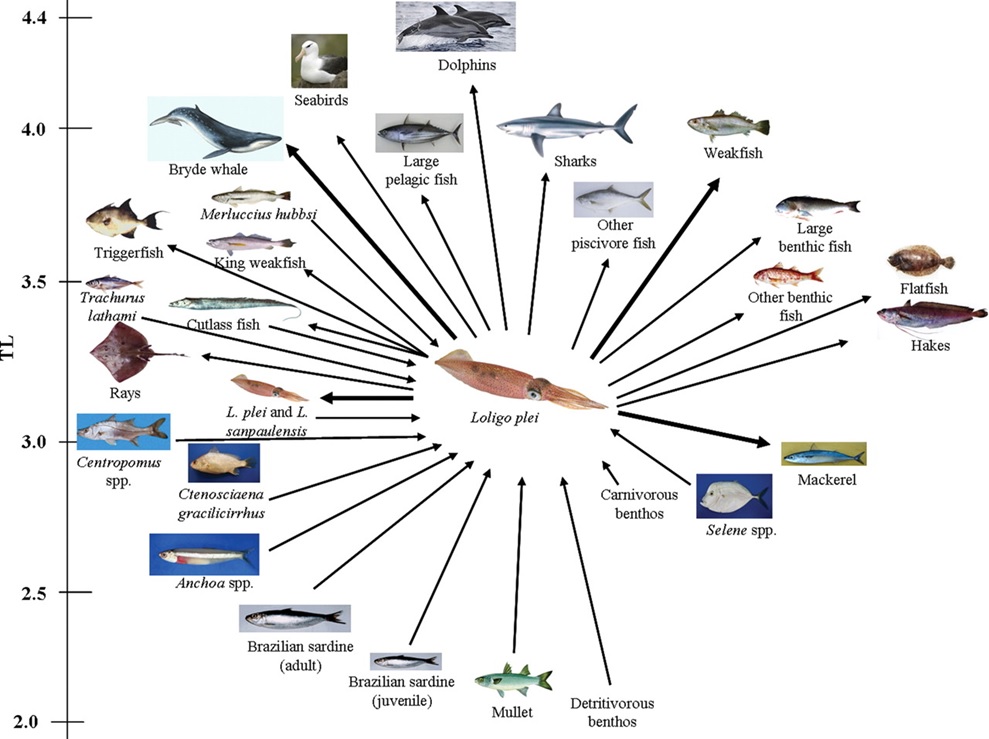Keystone species Assignment Help
Environment is a home for all the animals. Not matter how big or small the species are, how beautiful they are but there is always balance in the environment and the ecosystem by the process of eating and being eaten which is also called food chart or food web. In this almost all the animals are involved that keeps their population under control. But there also some species that contribute more on this system. They play some beneficial role to check the entire population and if these species are completely withdrawn for the level of ecosystem, it may bring unpredictable changes in the complete structure. Hence these species are called keystone species. The changes that these species can bring in the ecological niche are:
- They are generally a predator controlling the population of prey species.
- If keystone species are removed from the animal population or they get extinct, then many other species also gets disappears.
- Beside this, many plants or animals that are harmful may start to grow in absence of keystone species.
Keystone species Assignment Help By Online Tutoring and Guided Sessions from AssignmentHelp.Net

Image reference: www.icesjms.oxfordjournals.org
Some of the best examples of keystone species are:
1 Wolves: This species eats deer and keeps their population under control because deer are the primary consumers that depend upon plants for food. So, if the number of deer increases, there may be very few plants left. Therefore, by hunting deers, wolves maintain the balance in the ecosystem.
2 Mountain lion: They prey on different species like deer, rabbits and many birds so as to check their population. This is the reason that these animals choose to build their nest or live in the homes that can protect them from lion.
3 Red mangrove: The roots of these trees binds the soil and prevent it from erosion, along with this it is also home for many small animals that usually lives in soil.
4 Prairie dogs: They are another keystone species that helps to make the quality of soil good. The soil in which these dogs forage contains lots of water and is rich in nutrient; therefore this helps many new grasses to grow in continuity.
5 Sea otter: This is another example of keystone species that can be generally found in Pacific Northwest. This species prey on sea urchin thus controlling their population that in turn controls kelps population.
6 Humming birds: These birds also come under the keystone species that helps in the process of pollination.
7 Elephants: Though elements are big in size still they help to maintain balance in the ecosystem by eating big plants and hence maintaining the grassland area.
8 Bees: They help in the process of pollination and hence help in the survival of plants.
9 Plateaus Pika: This species builds burrow at high alpine meadows that provide protection to these animals and many other animals that lives around this area as well. Beside this, Pika also collect different animals as their food source and this is used by other animal as their diet. Therefore, presence of Pika has helped many animals that live nearby.
10 Alligator: These are also the keystone species that makes burrow with their tail that gets filled up with water. This water is also used by many other animals.
We now know that keystone species are the one that not only benefits themselves with the environmental resources but also does many activities that becomes advantageous for other animals as well; beside this their contribution to the ecosystem and environmental balance can never be ignored because absence of this keystone species can make lot of difference disturbing the overall cycle. So, their presence is must and their extinction or hunting them for any purpose, or decrease in their number can turn out to be unbeneficial for the complete organism.


